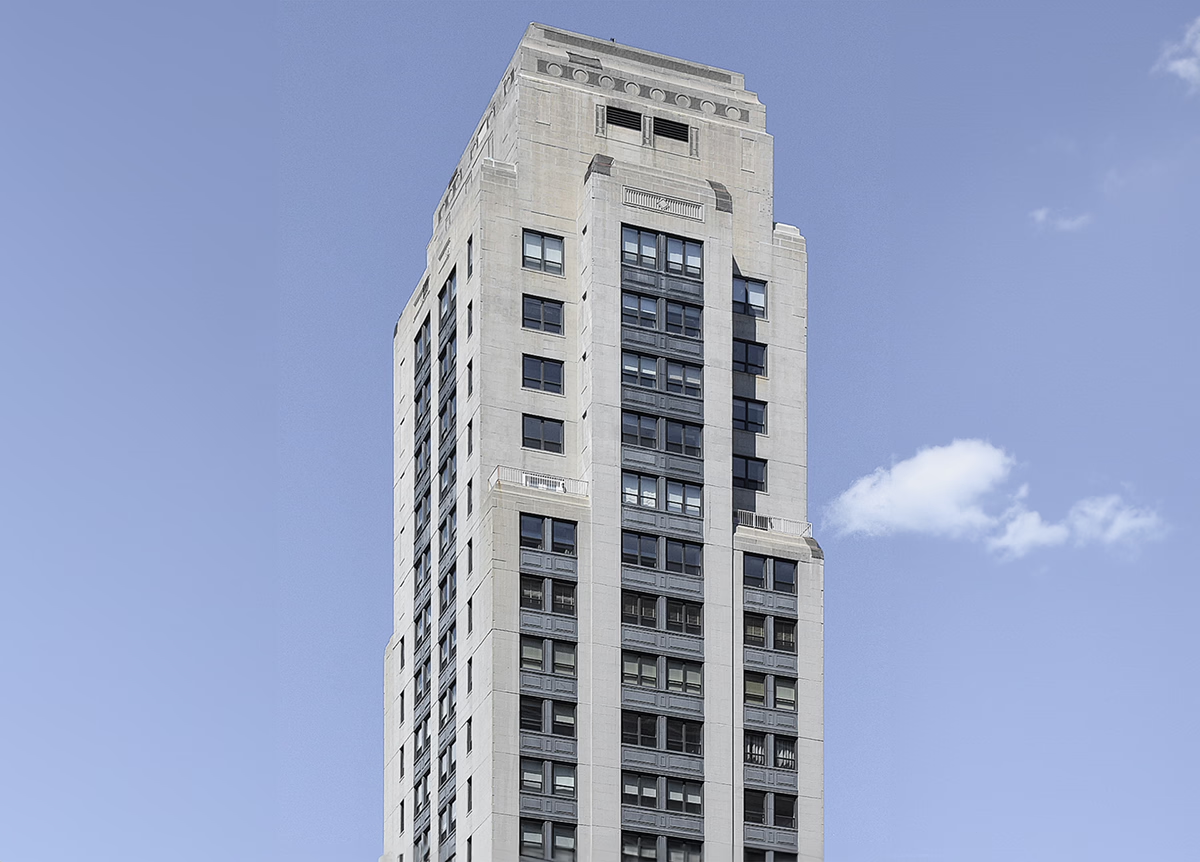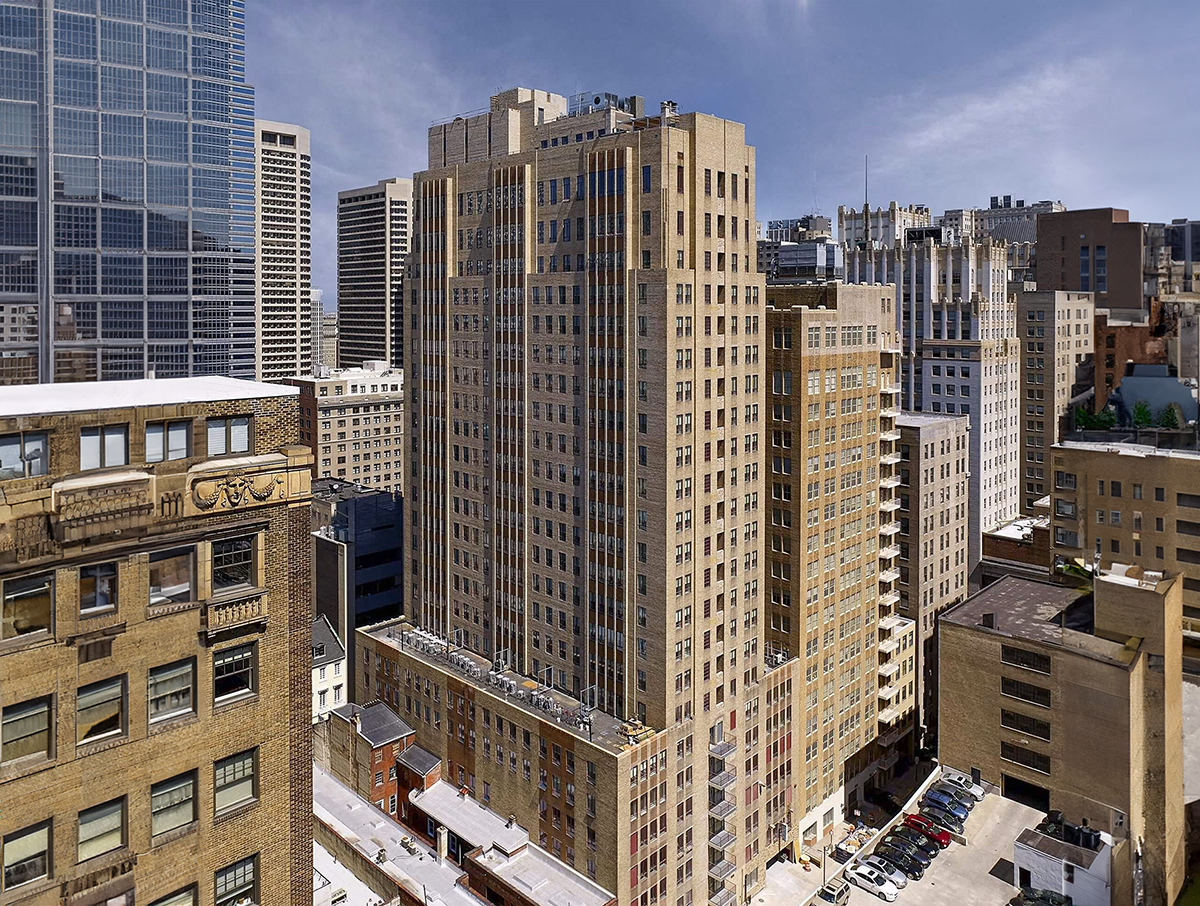Lewis Tower vs 1616 Walnut Street Building


Comparing the Lewis Tower and the 1616 Walnut Street Building is interesting because they both stand in Philadelphia, PA, and were completed just one year apart, but they were designed by different architects.
This offers a unique glimpse at how rival designers approached projects in the same city during the same era.
Height & Size
The Lewis Tower is clearly the larger tower of the two, both in terms of height and number of floors. It rises to 390ft (119m) with 33 floors above ground, while the 1616 Walnut Street Building reaches 308ft (94m) with 24 floors above ground.
Despite being taller and having more floors, Lewis Tower has less total built-up area than 1616 Walnut Street Building.
Of course, each project may have faced different briefs or regulatory constraints, which we don't really know about and could also explain the outcome.
Architectural Style
Both the Lewis Tower and the 1616 Walnut Street Building were designed in line with the aesthetic conventions of the Art Deco style.
At the time, this style was at the height of its popularity. So both Edmun Gilchrist and Tilden, Register & Pepper followed what was in many ways expected of them, producing designs that fit comfortably within contemporary architectural norms, rather than breaking with convention.
Uses
Both the Lewis Tower and the 1616 Walnut Street Building are primarily residential towers, serving similar roles in the urban fabric.
However, both of them have shifted purpose since their completion. The Lewis Tower evolved from commercial to residential, while the 1616 Walnut Street Building moved from commercial to residential.
The 1616 Walnut Street Building offers 220 residential units.
The 1616 Walnut Street Building also provides 160 parking spaces.
Structure & Facade
Both the Lewis Tower and the 1616 Walnut Street Building rely on a Frame structural system.
A frame structure uses a grid of columns and beams to carry the building's loads. This frees the walls from structural duties, allowing for flexible floor plans and larger windows.
They also employ the same type of facade, a Masonry facade.
A masonry facade gives the building a heavier, more traditional appearance. It often conceals a frame structure behind it, creating the look of solid walls without carrying the main loads.
| Lewis Tower | 1616 Walnut Street Building | |
|---|---|---|
| Edmun Gilchrist | Architect | Tilden, Register & Pepper |
| 1929 | Year Completed | 1930 |
| Art Deco | Architectural Style | Art Deco |
| Commercial | Original Use | Commercial |
| Residential | Current Use | Residential |
| 33 | Floors Above Ground | 24 |
| 119 m | Height (m) | 94 m |
| 17187 | Built-up Area (m²) | 27592 |
| Frame | Structure Type | Frame |
| Steel | Vertical Structure Material | Steel |
| Concrete | Horizontal Structure Material | Concrete |
| No | Facade Structural? | No |
| Stone | Main Facade Material | Bricks, Stone |
| PA | State | PA |
| Philadelphia | City | Philadelphia |
| 225 South 15th Street | Address | 1616 Walnut Street |